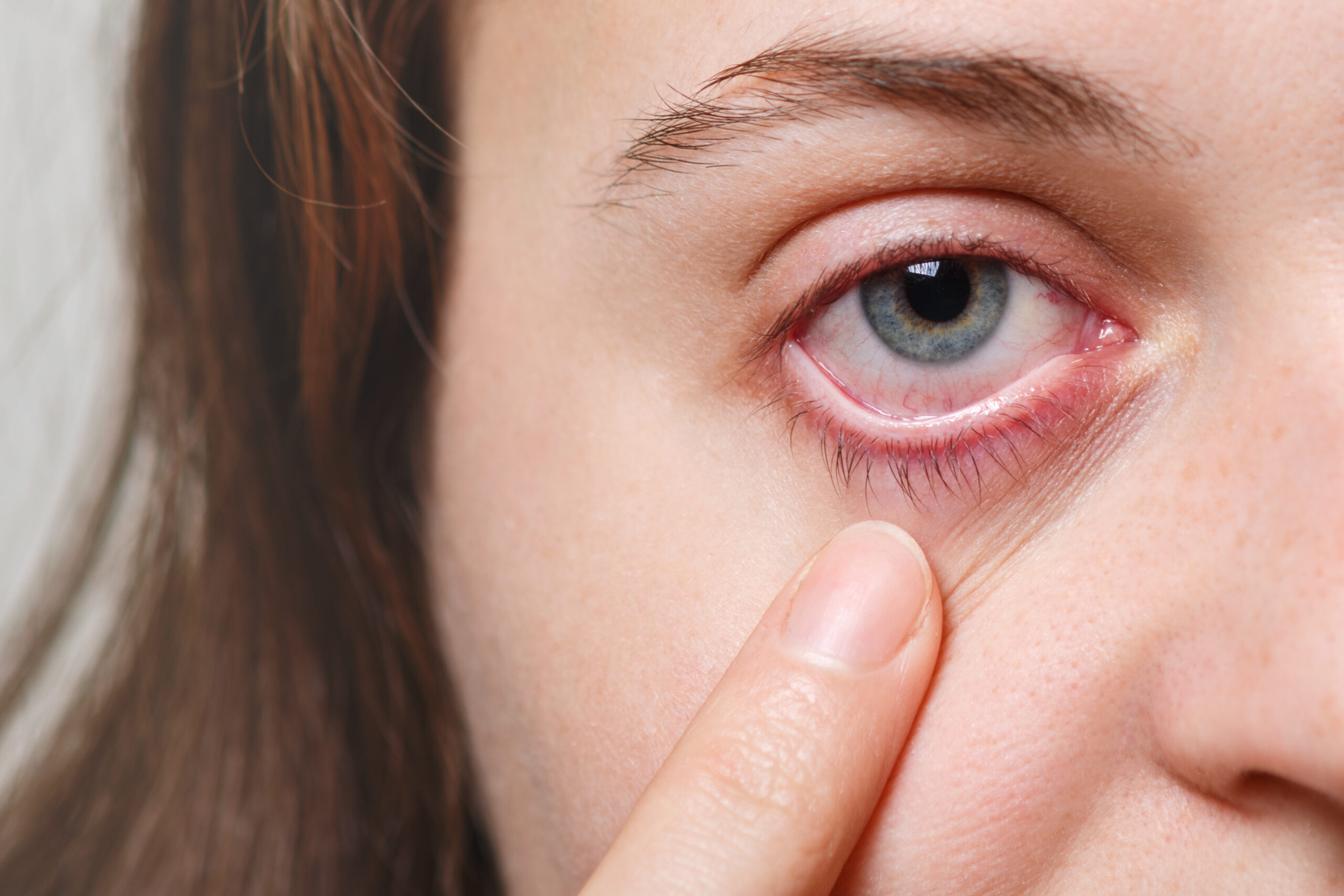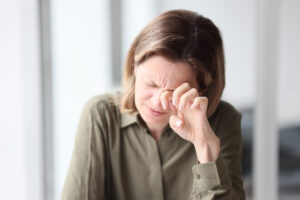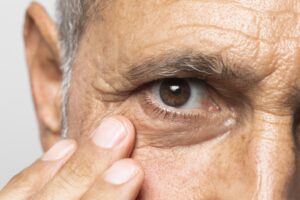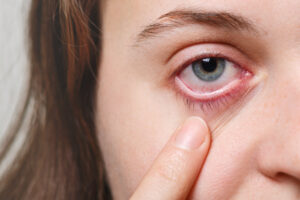Corneal abrasions are small scratches on the clear surface of your eye. This surface is called the cornea. A scratched cornea can cause pain, redness, and blurry vision. Many people get a corneal abrasion from an eye injury, like a poke or rubbing the eye. Corneal scratch symptoms often appear quickly. If you live in a busy city or spend time outdoors, you may be at higher risk. Knowing the signs and how to protect your eyes can help keep them healthy.
What Are Corneal Abrasions?
A corneal abrasion is a scratch or scrape on the cornea. The cornea is the clear, dome-shaped part at the front of your eye. It helps focus light so you can see clearly. Even a small scratch can feel very painful. Because the cornea has many nerve endings, injuries here often hurt more than other eye injuries. Most corneal abrasions heal quickly with proper care. However, some may lead to infection if not treated.
Common Causes of Corneal Abrasions
Many things can cause a scratched cornea. Often, the injury happens suddenly. For example, you might rub your eye or get something stuck under your eyelid. Here are some common causes:
In busy places like New York City or Los Angeles, air pollution and debris can also increase the risk.
Recognizing Symptoms
Corneal scratch symptoms usually start right after the injury. Sometimes, they may appear a few hours later. Watch for these signs:
If you notice these symptoms, try not to rub your eye. Instead, seek help from an eye doctor.
How Corneal Abrasions Are Diagnosed
Doctors use simple tests to check for a corneal abrasion. First, they will ask about your symptoms and how the injury happened. Next, they may use special eye drops to make the scratch easier to see. These drops glow under a blue light, showing the exact spot of the abrasion. Sometimes, your doctor will check for signs of infection or other eye problems. Quick diagnosis helps prevent further damage and speeds up healing. According to the American Academy of Ophthalmology, early care is key for best results.
Effective Treatment Options
Most corneal abrasions heal within a few days. However, proper treatment can prevent infection and reduce pain. Your doctor may suggest:
Do not wear contact lenses until your doctor says it is safe. Also, avoid rubbing or touching your eye. According to the CDC, following your doctor’s advice helps prevent complications.
Prevention Tips for Healthy Eyes
Protecting your eyes can lower your risk of corneal abrasions. Try these simple tips:
In cities with high pollution, wearing sunglasses can help shield your eyes from dust and debris.
When to See an Eye Specialist
If you think you have a corneal abrasion, see an eye specialist right away. Seek help if:
Prompt care can prevent serious problems and protect your eyesight.
If you suspect a corneal abrasion, consult an eye specialist for personalized care. Early treatment can help your eyes heal and keep your vision clear.







